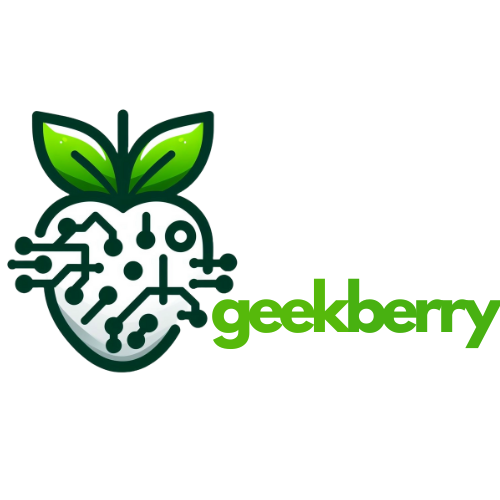- Joined
- Dec 4, 2023
- Messages
- 86
- Solutions
- 3
- Reaction score
- 198
Hi there,
This one is special. We just shipped GPT-5—our smartest model for coding and agentic workflows. Here’s why we think you’re going to love it:
GPT-5 is state-of-the-art on coding tasks. It scores 74.9% on SWE-bench Verified and 88% on Aider polyglot. It excels at producing high-quality code and handling tasks such as fixing bugs, editing code, and answering questions about complex codebases. The model is also great at front-end coding, beating OpenAI o3 at frontend web development 70% of the time in internal testing.
GPT-5 also excels at agentic tasks. It achieves SOTA results on τ2-bench telecom, a tool-calling benchmark released just 2 months ago. GPT-5’s improved tool intelligence lets it reliably chain together dozens of tool calls—both in sequence and in parallel—without losing its way, making it far better at executing complex, real-world tasks end to end.
We’re releasing GPT-5 in three sizes in the API to give you flexibility on cost and latency: gpt-5, gpt-5-mini, and gpt-5-nano.
We’re introducing new features to give you more control over model outputs. GPT-5 supports a new verbosity parameter to help control whether answers are short and to the point, or long and comprehensive. The reasoning_effort parameter can now take a minimal value to get answers back faster, without extensive reasoning first. We’ve also added a new tool type—custom tools—to let GPT-5 call tools with plaintext instead of JSON. Custom tools also can be constrained using context-free grammars for precise outputs.
Here are some guides and examples to get started:
This one is special. We just shipped GPT-5—our smartest model for coding and agentic workflows. Here’s why we think you’re going to love it:
GPT-5 is state-of-the-art on coding tasks. It scores 74.9% on SWE-bench Verified and 88% on Aider polyglot. It excels at producing high-quality code and handling tasks such as fixing bugs, editing code, and answering questions about complex codebases. The model is also great at front-end coding, beating OpenAI o3 at frontend web development 70% of the time in internal testing.
GPT-5 also excels at agentic tasks. It achieves SOTA results on τ2-bench telecom, a tool-calling benchmark released just 2 months ago. GPT-5’s improved tool intelligence lets it reliably chain together dozens of tool calls—both in sequence and in parallel—without losing its way, making it far better at executing complex, real-world tasks end to end.
We’re releasing GPT-5 in three sizes in the API to give you flexibility on cost and latency: gpt-5, gpt-5-mini, and gpt-5-nano.
We’re introducing new features to give you more control over model outputs. GPT-5 supports a new verbosity parameter to help control whether answers are short and to the point, or long and comprehensive. The reasoning_effort parameter can now take a minimal value to get answers back faster, without extensive reasoning first. We’ve also added a new tool type—custom tools—to let GPT-5 call tools with plaintext instead of JSON. Custom tools also can be constrained using context-free grammars for precise outputs.
Here are some guides and examples to get started:
- GPT-5 API docs
- Prompting guidance
- Prompt optimizer in Playground
- API Cookbook articles: GPT-5 New Params and Tools, Front-End Code with GPT-5
- Front-end UI library
